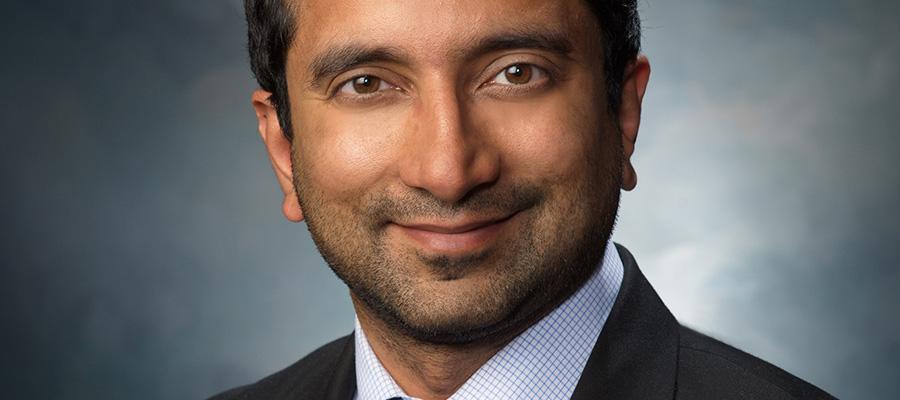Introducing a field manual for community health worker programs

Imagine a resource that helps hospitals and health systems address the needs of high-risk or at-risk populations (for examples, those with multiple chronic conditions or premature birth); confront the social determinants of health; reduce readmissions and emergency department overuse; and provide direct services. Administrative and clinician leaders now have available a new toolkit, a comprehensive 57-page manual that will guide them through the creation and successful execution of a dynamic community health worker program.
Released last week, “Building a Community Health Worker Program: The Key to Better Care, Better Outcomes, & Lower Costs” is the result of a collaboration between the AHA and the National Urban League that details how to greatly expand access to health care, especially among underserved populations. The compendium is a distillation of the knowledge shared by health care and health policy experts during the jointly hosted Community Health Worker Consortium in Chicago last November.
Why a new resource on this subject? CHW programs — which are in wider use overseas than domestically — hold enormous promise for delivering on hospitals’ commitment to advance health in their communities. These include improved outreach to high-risk populations, helping to address the social determinants of health by overcoming wariness about engaging with the system, and reducing both readmissions and unnecessary use of the emergency department. In addition, research has shown that CHW programs result in an average savings of $2,245 per patient served, and hospitals and health systems can save $2.28 for every $1.00 they invest in a CHW program. There is clearly an outcome and affordability imperative.
The toolkit sets out an array of resources for any administrator contemplating the launch of a CHW program. It offers best practice evidence, case studies, definitions of key terms, talking points, funding considerations, advice on stakeholder engagement, suggested outcome measures and much more.
This new guide also makes it clear what a CHW is and is not. There are many variations on the theme, and we want to provide guidance to the field. They are not doctors or nurses, but community ambassadors whose role is to educate, advocate, counsel, facilitate and act as case managers. They are the bridge between communities and the health and social service systems. They build trust and partnership and spark novel collaborations.
Case in point: PASOs (“Steps” in Spanish) is one version of a CHW program implemented by Greenville (S.C.) Health System. Since 2009, the PASO team has worked hard to overcome language and trust barriers that inhibited the delivery of quality health care to much of the area’s sizeable Latino population. By concentrating their outreach in clinics and community based-locations, community health workers educated residents on the options available to them. Over time, this resulted in a 25.9 percent drop in unnecessary ED visits.
Designed and implemented correctly, CHW programs are affordable and effective. The AHA is proud to co-produce this toolkit with the National Urban League. Please, put it to good use for your team’s success.

